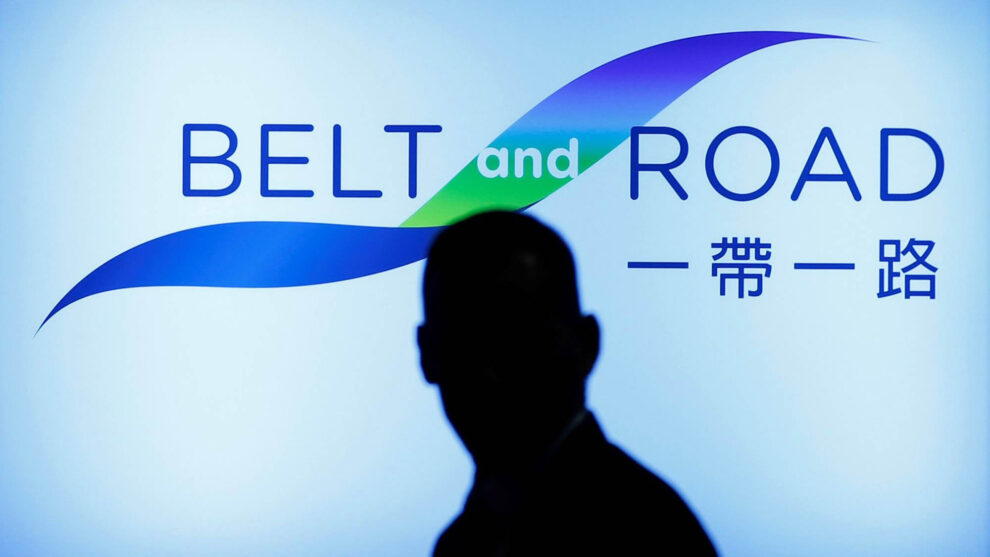It is wrong to compare China’s Belt and Road Initiative (BRI) with the United States’s post-World War II Marshall Plan as the two are essentially different, Mladen Plese, a Croatian political analyst and an expert on Asia, told Xinhua in an interview on Thursday.
The Marshall Plan was named after former U.S. Secretary of State George Marshall, who in 1947 proposed that the United States provide economic assistance to restore the economic infrastructure of postwar Europe.
It was an attempt to stimulate Europe’s economy in a relatively short term, but “the BRI is a long-term project that is not ideologically colored and should benefit a much larger number of countries,” Plese said.
The Marshall Plan had political objectives, as its goal was to develop only those European countries that America had chosen, Plese said, adding that Washington’s goal was to participate in the reconstruction of Europe after the war and to confront the Soviet Union-led bloc.
“The Marshall Plan was used to rebuild Europe, and the European countries became dependent on America, which partially continues today. This is not the case with China’s BRI,” Plese said.
Moreover, the Marshall Plan led to the “Americanization of Europe,” but the BRI does not aim to achieve Chinese dominance in Europe or anywhere else in the world. “That is the biggest, essential difference between the BRI and the Marshall Plan, and I believe that China will remain open to the world,” he noted.
According to Plese, the BRI, while highlighting China’s significant economic progress from a largely underdeveloped country to the second-largest economy in the world, also shows China’s willingness to help other countries, especially small countries, on an equal footing. “It is certainly one of the world’s most significant initiatives that lead to development,” he said.
Croatia has been one of the small European countries that have benefited directly from the BRI, Plese said, citing the Peljesac Bridge and the Senj Wind Farm, two major BRI projects in the country that have showcased the mutually beneficial and win-win cooperation between Croatia and China.
“There are plans for continued cooperation between the two sides and that is good,” he added.
On Oct. 11, China’s State Council Information Office released a white paper titled “The Belt and Road Initiative: A Key Pillar of the Global Community of Shared Future” and presented the achievements of the BRI over the past 10 years, aiming to provide the international community with a better understanding of the value of the initiative, facilitate high-quality cooperation, and deliver benefits to more countries and peoples.
Since its launch in 2013, the BRI has been welcomed by the international community as both a public good and a cooperation platform, and it involves countries in different world regions, at different development stages and with different cultures. It transcends differences in ideologies and social systems, according to the white paper.










